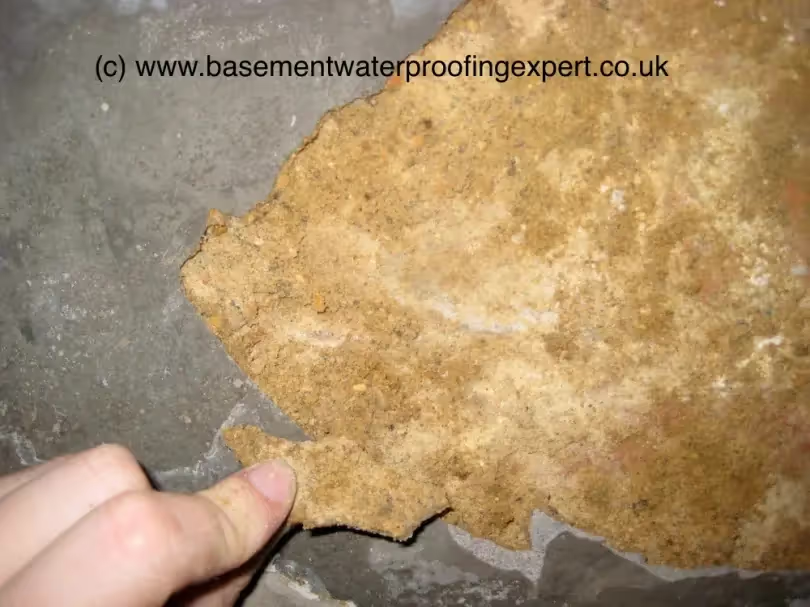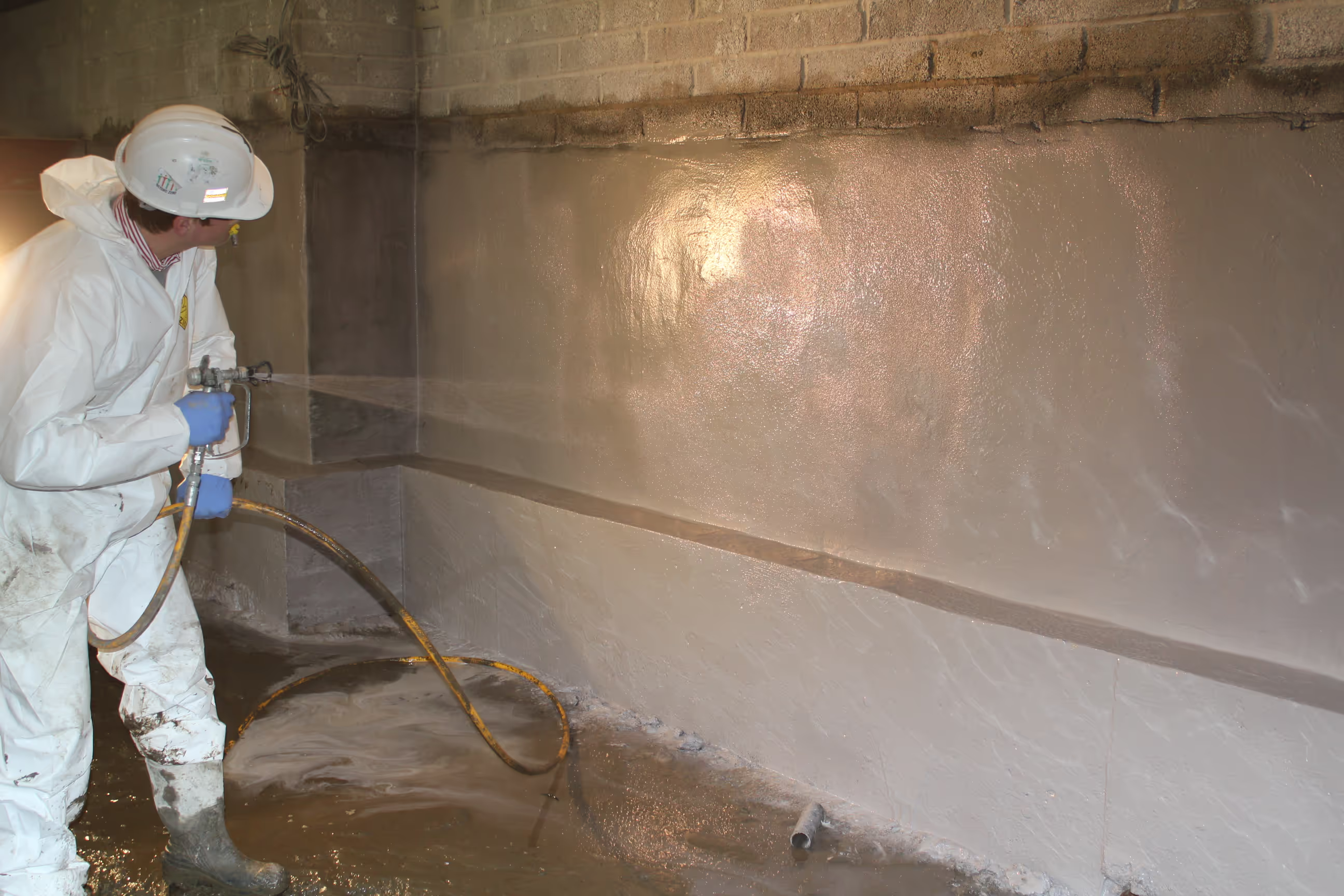Slurry Tanking Systems, Explained and Reviewed
Slurry tanking systems, what are they, how do they work, is it effective? We answer these questions and more.

By James Hockey


Slurry Tanking Technology
Slurry tanking is a cementitious (cement based) coating, which is bonded to a structure to provide a physical barrier to block water out. It is 'Type A Tanked Protection' as defined by BS8102 Protection of below ground structures against water ingress.
It is mixed to a liquid creamy consistency, and applied usually by brush in 1-2 coats, to provide a circa 2mm thick waterproof layer.
These materials are comprised of ordinary portland cement (OPC), graded aggregates (graded meaning that the particle size is controlled), and chemicals - so they say.
It is worth noting that the cement you buy bagged from a builders merchants is typically cem-2, so up to 65% OPC and the rest cement replacements. It is likely that the OPC in slurry materials is comparatively pure, and I would anticipate that it is the OPC and graded aggregates (sands) that do much of the work in providing a barrier to water.
OPC content in bagged cement explained by the Concrete Society.
How so? When water is added to cement, a paste is formed which coats the aggregate particles. During curing and in the presence of water a chemical reaction occurs whereby crystals grow from the paste, intertwining and locking together the particles of aggregate. With the right blend of these materials, and subject to proper curing, an impermeable material can be created.
Types of Slurry Tanking
Properties of slurry materials can be significantly influenced by what they are mixed with. Typically slurries will be mixed with clean water, or a liquid polymer.
Water produces a rigid coating, which is comparatively vapour diffuse.
By contrast, mixing a slurry with a liquid polymer, can provide an elastic flexible membrane with lesser vapour permeability.
Slurry coatings may be un-reinforced, fibre reinforced or reinforced with plastic meshes and tapes.

Practical implications of slurry tanking systems
In theory a polymer modified slurry can accommodate some degree of flexural movement and cracking, whereas a slurry mixed with water is unlikely to be able to do so. You might assume that structures do not move, but they can and do. In basements, walls and floors can be subjected to soil and hydrostatic pressure, which can induce movement. We do also tend to see cracks propagate around structural members supporting a load from above, as if that load induces movement. Settlement or 'creep' in structures is a known phenomenon.
So a polymer modified / polymer rich slurry is the answer surely? Our experience is that such materials are particularly sensitive to moisture, as in application to wet walls, can cause the polymer to leach out of the slurry, which is no good. The extent of movement that can be accommodated, especially in an unreinforced material, is limited.
So, treating a new concrete structure with polymer slurry as a preventative measure, workable. Treating joints in concrete outside in November, or a wet wall internally, better in our experience to use a slurry mixed with water. If there is ongoing water ingress, this would have to be stemmed with waterplug materials prior to application of the slurry.
We provide a single point of responsibility protecting all stakeholders.
We take full accountability for the waterproofing process, serving as a single point of responsibility to ensure seamless coordination and execution. This approach protects all stakeholders by minimising risk, eliminating communication gaps, and ensuring the highest standards of quality and reliability throughout the project.
Find out more
